Every object in space seems to revolve around another, larger object. The Moon revolves around the Earth, our planet orbits the Sun, and the star closest to us circles the black hole Sagittarius A*, the center of the Milky Way galaxy. What does the Milky Way galaxy itself revolve around? After all, there must surely be an even larger object next to her, which attracts her and does not allow her to remain motionless. Modern technology allows astronomers to peer into the very depths of space and they must have the answer to our question.
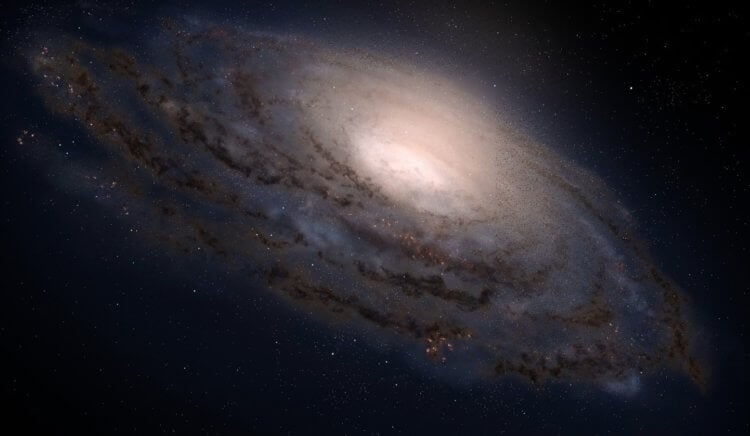
There are from 100 to 400 billion stars in the Milky Way. Image source: NASA
Contents
- 1 Why planets revolve around the Sun
- 2 What does the Sun revolve around
- 3 What does the Milky Way revolve around
- 4 Collision of the Milky Way and Andromeda galaxies
- 5 Where is the Local Group of galaxies moving
< /ul>
Why do planets revolve around the Sun
According to the authors of the scientific publication Live Science, to understand this issue, you first need to understand why planets, satellites and stars rotate. The main reason for the mobility of space objects is gravitational attraction – an object with a large mass creates a strong gravitational field and attracts small objects. This is why the small Moon revolves around the relatively large Earth, and our planet revolves around the even more massive Sun.
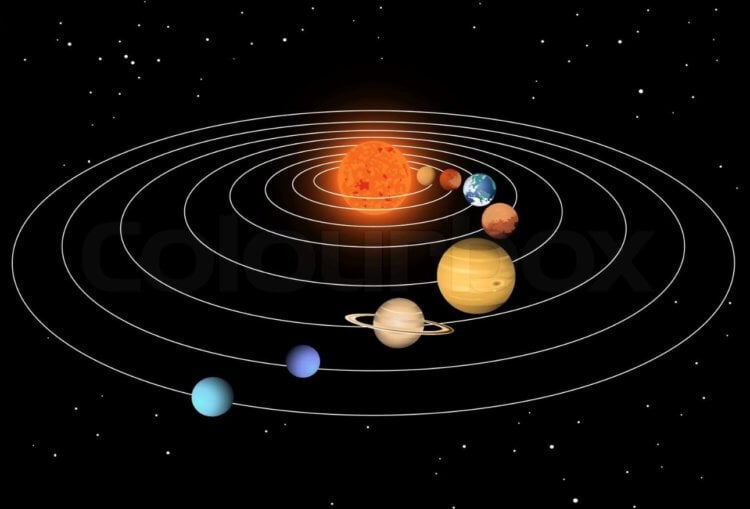
The planets of the Solar System revolve around the Sun. Image source: stock.adobe.com
What does the Sun revolve around?The sun doesn't stand still either. It, like many other stars within the galaxy, orbits the center of the Milky Way, the supermassive black hole Sagittarius A*. Our star is located about 25,000–28,000 light years from the center of the galaxy. The Sun makes one revolution around the galactic center in approximately 225-250 million years. This period is called the galactic year. The exact length of the galactic year is unknown because the distance from the Sun to Sagittarius A* and the star's rotation speed are approximate.
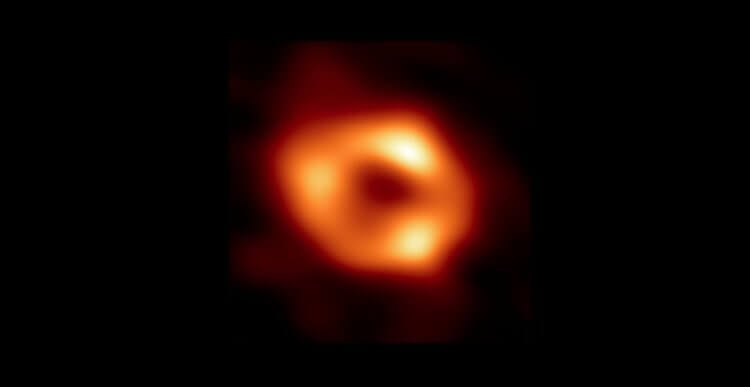
Black hole Sagittarius A*. Photo source: cdn.eso.org
What does the Milky Way revolve around
We figured out the rotation of satellites, planets and stars – it’s simple. But when it comes to movement on a galactic scale, things are much more complicated.
We live inside the vast Milky Way galaxy, which is additionally part of the Local Group of galaxies. This same group also includes more than 50 other clusters of space objects – for example, the well-known Andromeda galaxy.
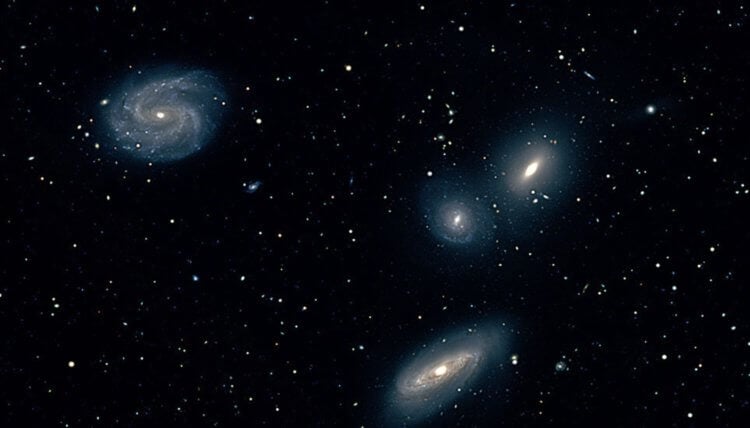
The Local Group includes about 50 different galaxies. Photo source: noirlab.edu
The Milky Way and Andromeda are the two largest objects in the Local Group. They have approximately the same mass, and there is no larger object nearby. Based on this, it is impossible to say that the Milky Way is “circling” around something. Instead, our galaxy and Andromeda move in a radial orbit, that is, towards each other under the influence of gravity.
Read also: Could our galaxy be inside a huge bubble?
Collision of the Milky Way and Andromeda galaxies
Scientists believe that in about 4.5 billion years, the Milky Way and Andromeda galaxies will collide. But no catastrophe should happen, because the planets and stars are too far from each other – the galaxies will simply pass through. Over time, they will separate again and simply switch places. But this will not last long (on a cosmic scale), and then the two galaxies must come together. Neither we nor our descendants will see this, because this process will take hundreds of millions or even billions of years.
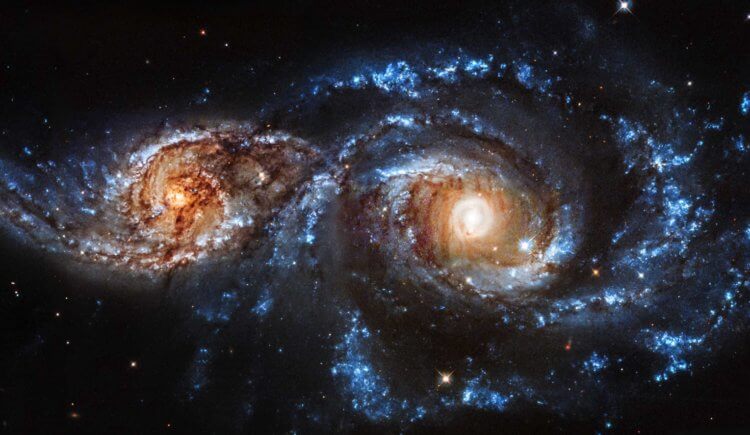
In a few billion years, the Milky Way and Andromeda galaxies will collide. Image source: NASA
The Milky Way and Andromeda galaxies have a spiral shape. After the collision and merger, the new galaxy may take on a circular shape. It is possible that during a collision, the accumulations of gases in galaxies will be heated so much that new stars will appear in space. As a result of this, the size of the hybrid of the Milky Way and Andromeda galaxies may acquire an even more unimaginable size.
Where the Local Group of Galaxies is moving
We also figured out the movement of the Milky Way. Is the Local Group of galaxies, of which it is a member, moving?
Today, scientists cannot speak with great confidence about the movement of such large-scale objects. But they are sure that it is not standing still either – most likely, it is attracted by the Virgo cluster, which contains several hundred galaxies and is located about 65 million light years from us.
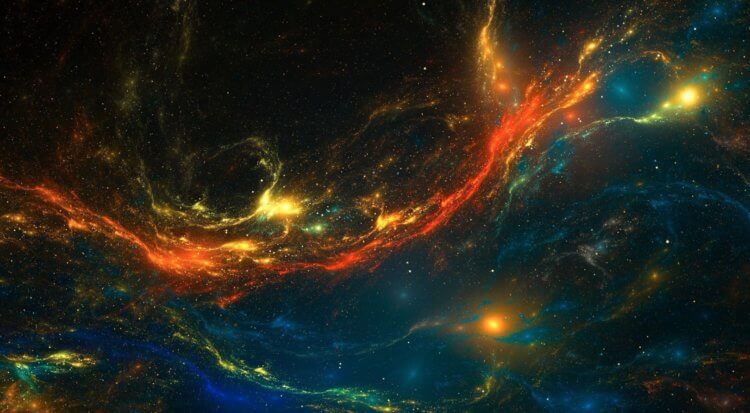
The size of the Universe is difficult to imagine. Image source: artfile.ru
However, the Local Group of galaxies will never collide with the Virgo cluster, because the Universe is constantly expanding. Our group of Galaxies is flying away into the distance faster than the Virgo cluster is attracting it.
Did you like the article? You can leave a comment on it in our Zen channel or Telegram chat!
Perhaps after reading this article you once again realized how big space is. Based on this, it seems impossible that life exists only on Earth. In fact, scientists suspect that there are many alien civilizations in the Milky Way galaxy. But they may be long dead.